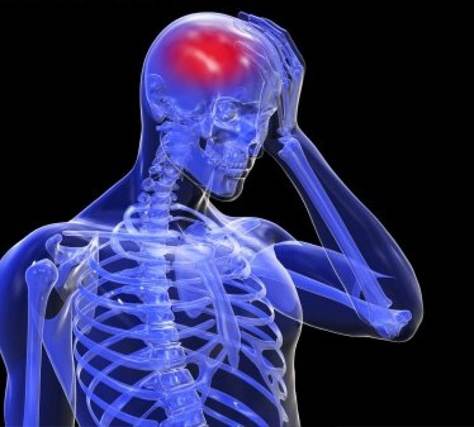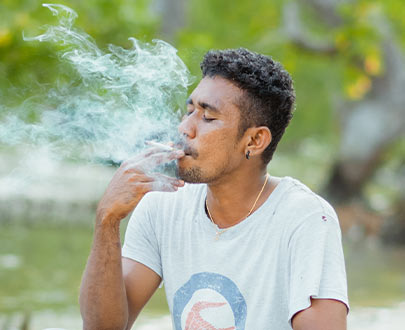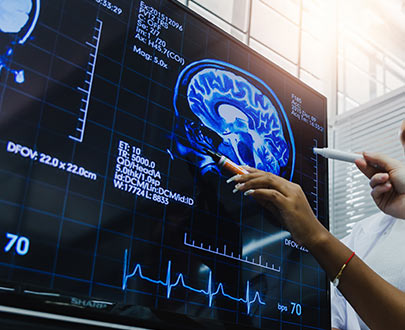Cerebral Stroke Doctor in Kolkata
Overview

Types of Cerebral Stroke
-
Ischemic Stroke
This is the most common type, caused by a blockage in the blood vessels supplying the brain, often due to a blood clot.
-
Hemorrhagic Stroke
This occurs when a blood vessel in the brain bursts, leading to bleeding in the brain.
-
Transient Ischemic Attack (TIA)
This is a temporary blockage in blood flow, which can be a warning sign of a future stroke. It is often called a mini-stroke.
Common Signs & Symptoms
Recognising the signs of a stroke can save lives. Common symptoms include:
Sudden numbness or weakness in the face, arm, or leg, particularly on one side of the body.
Confusion, trouble speaking, or difficulty understanding speech.
Book an appointment today
Causes & Risk Factors
Several factors can increase the risk of having a stroke, including:
- High Blood Pressure: A major contributor to stroke.
- Heart Disease: Atrial fibrillation or heart failure can increase stroke risk.
- Diabetes: Poorly managed blood sugar levels increase the likelihood of stroke.
- Smoking: Smoking damages blood vessels and raises the risk of a stroke.
- Age & Family History: The risk increases with age, especially over 55, and having a family history of stroke can also increase your risk.

Diagnosis

CT or MRI Scans
To identify the type of stroke (ischemic or hemorrhagic) and assess brain damage.

CT or MRI Scans:

Blood Tests

Blood Tests

Cerebral Angiography
This test helps to detect any blockages in blood vessels leading to the brain.

Cerebral Angiography
This test helps to detect any blockages in blood vessels leading to the brain.
Surgeries
In severe cases of stroke, especially hemorrhagic or ischemic types, craniotomy surgery may be necessary. A craniotomy involves removing a portion of the skull to access the brain for procedures like:
- Clot Removal: In hemorrhagic strokes, the accumulated blood is removed to reduce pressure on the brain.
- Repairing Blood Vessels: Surgeons may repair ruptured or blocked blood vessels.
- Relieving Pressure: In cases of severe brain swelling, craniotomy can help alleviate pressure and improve blood flow to the brain.
For patients requiring this life-saving intervention, it is essential to seek a craniotomy doctor in Kolkata with expertise and experience in performing these delicate surgeries.

